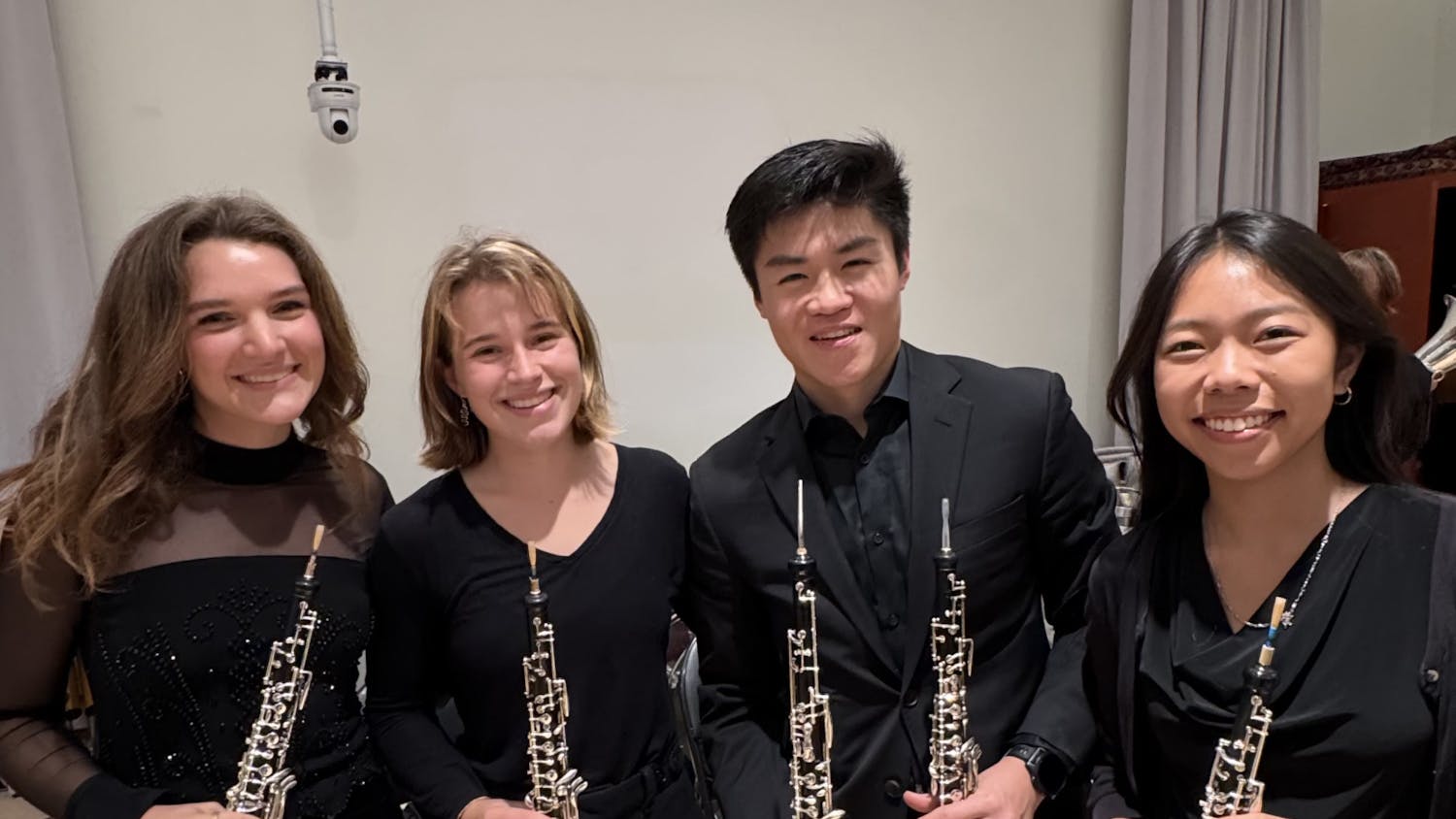In Wendy Wasserstein's socialite New York City, as portrayed in Elements of Style, nothing changed after Sept. 11 except people's excuses. In the first few chapters, every single page will hold some clunky reference to that day, but don't worry, that won't last. My personal favorite instance shows just how close to offensive Wasserstein dares step before neglecting the topic in the pursuit of more outright trivia: "Since 9/11 Judy had made few obvious changes her life. First of all she never let her nannies take her children in taxis anymore... and perhaps the biggest change was she always wore her good jewelry in the event she'd have to trade it for easy passage off Manhattan." The author and her characters compulsively refer to the historical tragedy as casually and as often as they name-drop designers and plastic surgery procedures, to an absurd and offensive extent. I wondered while reading the new Knopf novel whether there was any purpose for the mindless, predictable melodramas of Frankie Weissman, Samantha Acton and Adrienne Strong-Rodman to be set so insistently in the wake of the terrorist attack. All I could arrive at was that that moment in time lent some supposed relevance to a plot that could otherwise have been distilled from "Sex and the City" episodes, Jane Austen novels and the tiniest droplet of imagination.
I don't mean to so meanly bash Wasserstein. I recommend, rather, that any Dartmouth bookworms lucky enough to have a rainy afternoon to spare pick up this sarcastic chick-lit bestseller and hone their analytical skills in attempting, as I have, to pin down exactly what makes this book so insufferable. In the same way you might be entertained by a single-star Kirsten Dunst movie, you'll find an abundance of so-bad-it's-good amusement here.
You start out expecting to really like the main character, Wasserstein's transparently autobiographical Frankie Weissman, for her altruism and clichd yet sympathetic status as a single, successful, lonely woman living in New York who forgets to make time for herself. But not only do we discover she's not truly the center of attention, as the chapters alternate titles and focal characters among Judy, Clarice, Barry, Charlie, Albert and Samantha -- we also disappointingly find she's the most boring and predictable among Wasserstein's cast.
Samantha Acton becomes the most interesting as the most hardened Park Avenue fiend who still manages to dominate all the gossip in the few moments when her Pilates-earned, size four, Manolo-shod, surgically-hoisted figure doesn't hold the spotlight itself. Her fling with bad-ass movie producer Barry Santorini ruins his marriage to Clarice (a preppy, devoted "good girl" who is strikingly similar to Candace Bushnell's Charlotte York). This affair also frees up Samantha's own husband, a lovable dermatologist, to hook up with Wasserstein's alleged heroine (Frankie). But the questionably satiric details used to describe the affair eventually challenge the morality of these interlocking infidelities, and somehow, you find yourself tempted to root for the better-dressed, more socially connected villainess - even though Frankie does pro-bono work at children's hospitals in Harlem and patiently nurses her father through Alzheimer's.
I'm not sure whether this effect reflects on the quality of Wasserstein's observation and her ability to render the Elements of Style accurately in the novel, and I wouldn't assume that the author wished to force her readers to realize the dangers of superficiality. I have the same trouble receiving Style as I did Tom Wolfe's I Am Charlotte Simmons, because as a catalog of recognition signs and the vapid lifestyles of the rich and worthless, Wasserstein deserves some credit. But her obsessive chronicling of designers, almost as annoying as the educational backgrounds she offers with the mention of each yuppie, fails to fill the void of true character development. Even at the peak of the betrayed trophy wife's self-actualization, the author reverts to fashion-magazine fixation on clothing: "Clarice had a new sense of importance. For the first time, she understood that style was not just a cashmere uniform but a powerful skill."
"The thing you've got to understand is so many of the judgments we make in life are about what's on the surface," offers Charlie, the gentlemanly lipo-surgeon. We're meant to like this Princeton-grad for his reading Silas Marner and Bleak House to his children before bed, but even this relatively enlightened 2D figure falls back on the mentality that curses all the relationships and psyches in the novel. I think the writer herself belongs to this school of thought, hoping to substitute fashion reportage for substance and point to big billboard reminder of 9/11 rather than addressing the implications of the attack on the city she's supposedly studied so hard. Either that or all the absurdity of Wasserstein's characters and writing style was intended to show how obsolete the lives of "women who just exercise and shop" have become in a nation at war on an abstraction. Next time it rains, you decide.



